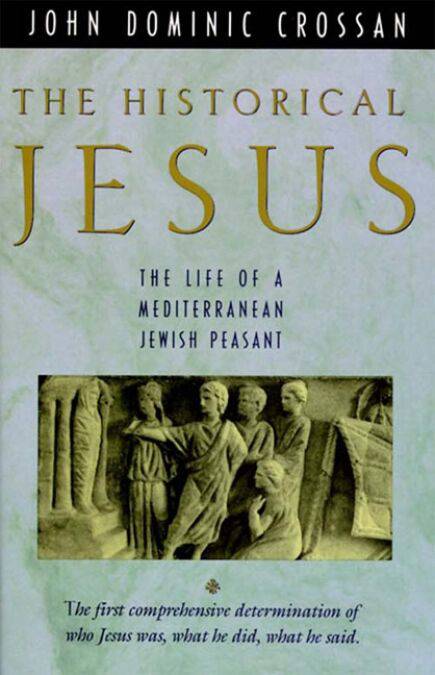
Je cadeautjes zeker op tijd in huis hebben voor de feestdagen? Kom langs in onze winkels en vind het perfecte geschenk!
- Afhalen na 1 uur in een winkel met voorraad
- Gratis thuislevering in België vanaf € 30
- Ruim aanbod met 7 miljoen producten
Je cadeautjes zeker op tijd in huis hebben voor de feestdagen? Kom langs in onze winkels en vind het perfecte geschenk!
- Afhalen na 1 uur in een winkel met voorraad
- Gratis thuislevering in België vanaf € 30
- Ruim aanbod met 7 miljoen producten
Zoeken
The Historical Jesus E-BOOK
The Life of a Mediterranean Jewish Peasant
John Dominic Crossan
E-book | Engels
€ 13,99
+ 13 punten
Uitvoering
Omschrijving
Conventional wisdom has long held that too little is known about the historical Jesus to say definitively much more than that he lived and had a tremendous impact on his followers. But with his ground-breaking work The Historical Jesus, John Dominic Crossan demonstrates that Jesus is actually one of the best documented figures in ancient history; the challenge is in the complexity of the sources.
Crossan’s unique methodology combines social anthropology, Greco-Roman history, and the literary analysis of specific pronouncements, confessions and anecdotes involving Jesus. This synthesis of all three disciplines provides the most definitive presentation of the historical Jesus yet attained. The Jesus who emerges is a savvy and courageous Jewish Mediterranean peasant, a radical social revolutionary, with a rhapsodic vision of economic, political, and religious egalitarianism and a social program for creating it. The Historical Jesus reveals the true Jesus--who he was, what he did, and what he said.
John Dominic Crossan is generally regarded as the leading historical Jesus scholar in the world. He is the author of several bestselling books including The Historical Jesus, Jesus: A Revolutionary Biography, The Birth of Christianity, and Who Killed Jesus? He lives in Clermont, FL.
“The most important scholarly book about Jesus in decades.” - Marcus Borg, author of Jesus: A New Vision
Specificaties
Betrokkenen
- Auteur(s):
- Uitgeverij:
Inhoud
- Taal:
- Engels
Eigenschappen
- Productcode (EAN):
- 9780061978210
- Verschijningsdatum:
- 12/07/2010
- Uitvoering:
- E-book
- Beveiligd met:
- Adobe DRM
- Formaat:
- ePub

Alleen bij Standaard Boekhandel
+ 13 punten op je klantenkaart van Standaard Boekhandel
Beoordelingen
We publiceren alleen reviews die voldoen aan de voorwaarden voor reviews. Bekijk onze voorwaarden voor reviews.









